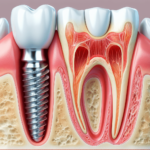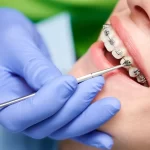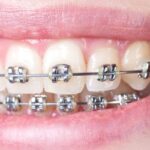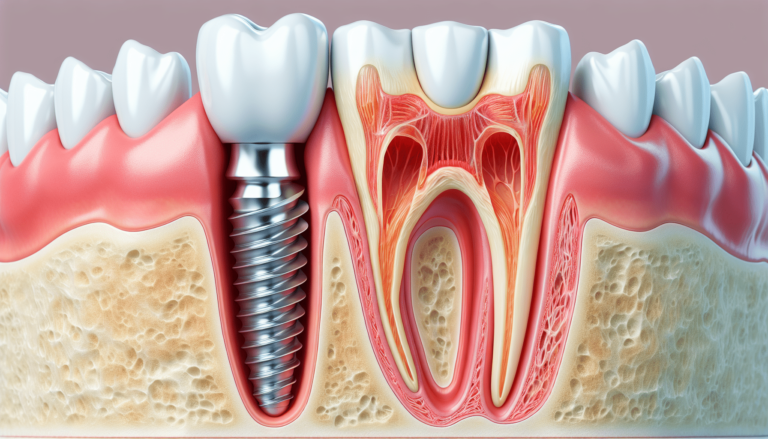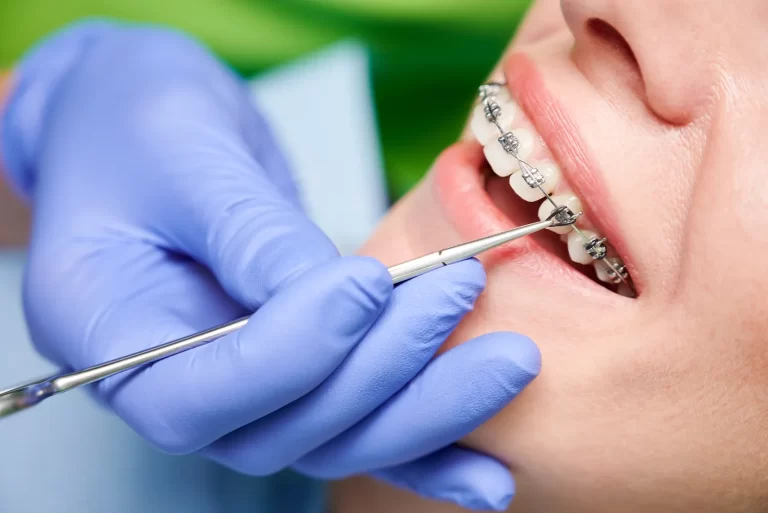A good smile starts at a young age. Early orthodontic examinations enable them to identify minor issues before they become more serious. Problems with bite alignment, tooth spacing, and jaw development can be identified with the use of pediatric orthodontics (จัดฟันเด็ก, term in the Thai). Early intervention can help kids avoid costly or uncomfortable braces in the future. Children can also feel more secure and chew better if issues are identified early. Guiding the teeth as they grow is one of the main advantages of early screening. This promotes long-term oral health, avoids discomfort, and saves money.
Find below five ways in which early orthodontic screening in kids prevents complex braces and costly corrections.
Guides jaw and tooth development naturally
A child’s bones are still developing during the early years. This facilitates the proper direction of jaw and teeth growth. Before adult teeth erupt, primary teeth orthodontics (จัดฟันน้ำนม, this is the term in the Thai) employs straightforward tools or methods to assist in straightening the bite or generating space. Early intervention frequently results in fewer problems down the road. It can lessen dental crowding, prevent surgery, and even create space for healthy eruption of permanent teeth.
Prevents tooth extractions and complex corrections
Early correction of alignment or spacing issues reduces the likelihood of later tooth extractions. More teeth get crowded or crooked when maintenance is put off. Pulling teeth before braces or more complex surgeries might result from this. Early orthodontic treatment clears the way and fixes small issues before they become bigger ones. It facilitates the growth of the mouth to accommodate all of the teeth. A healthier, more natural grin results from this.
Improves bite function and speech
A bad bite can lead to a lot of problems. Children may have jaw pain, difficulty speaking effectively, or difficulty chewing. Early orthodontic examinations can identify bite issues such as crossbite, underbite, or overbite. Early intervention improves the child’s ability to chew food, prevent jaw discomfort, and speak more effectively. Additionally, it promotes strong jaw joints. The youngster gains confidence in speaking and eating in social settings as their biting function improves.
Reduces the need for braces later
Braces may not be necessary later if therapy is started at the appropriate age. Braces could only be needed for minor modifications or a shorter period if they are still necessary. The process is made simpler and less expensive with early detection and treatment. Early correction of some problems, such as tongue pushing or thumb sucking, can also preserve teeth alignment. Under the careful supervision of a pediatric orthodontic specialist, prompt care results in quicker, simpler treatment.
Encourages monitoring and healthy growth patterns
Development occurs in phases. The orthodontist can monitor development during these phases with routine examinations. Having a strategy in place is beneficial, even if therapy is not required immediately. Monitoring aids in the early detection of any new issues. Parents remain active and informed as well. This fosters a collaborative effort that promotes the child’s well-being. Children become accustomed to going to the dentist, feel secure, and have faith in their care team.
The conclusion
For a lifetime smile, early orthodontic screening is a wise move. It increases the likelihood that your child will grow up with healthy, happy teeth, prevent discomfort, and save money.




